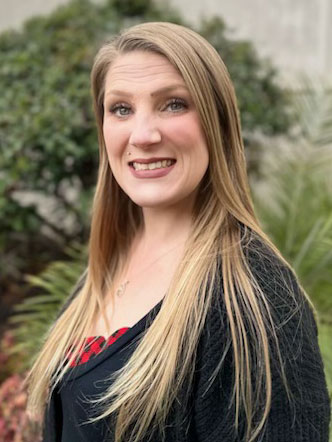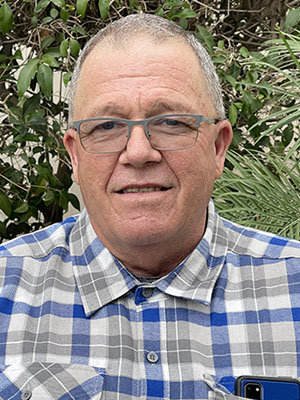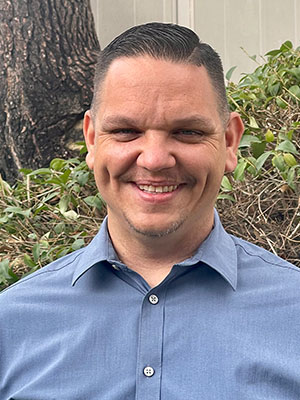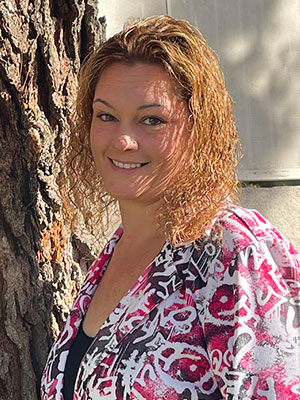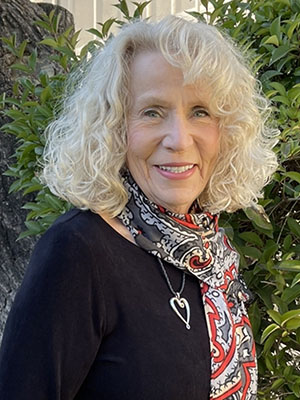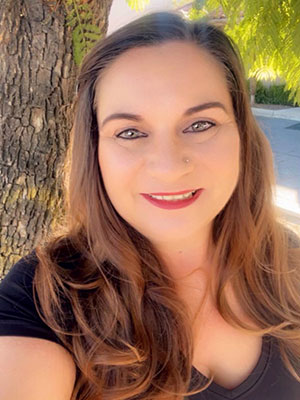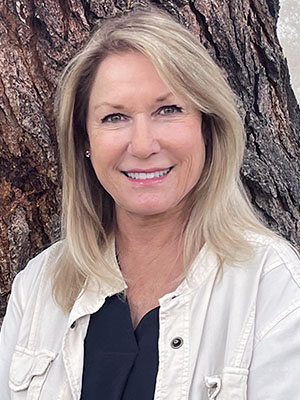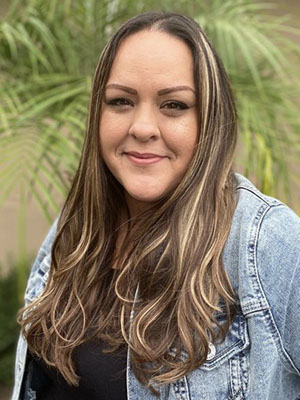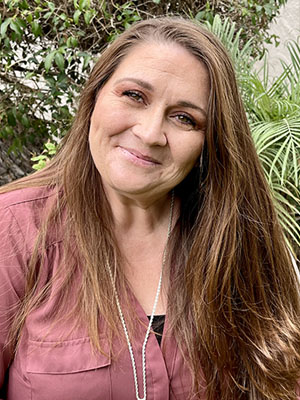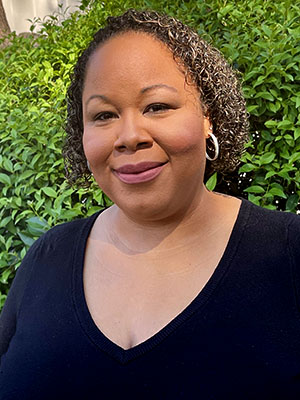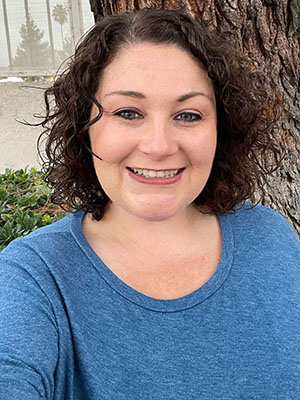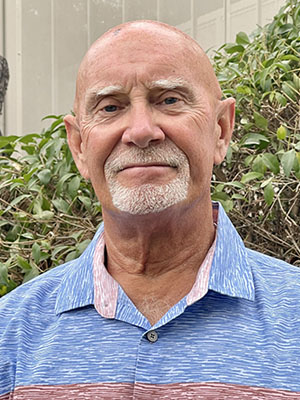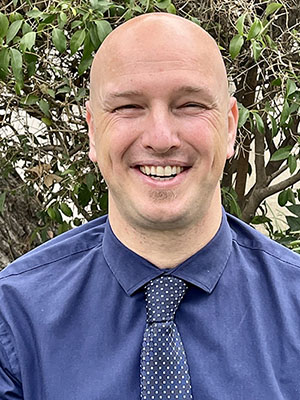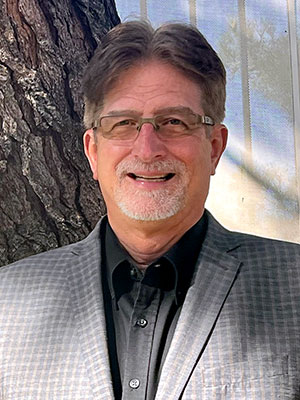Opiate Addiction & Older Adults
Today, America’s older adults have been ravaged by the opioid epidemic. Painkiller dependency in seniors has become a topic of national concern. At HVRC, we offer treatment for chemical dependency in adults over the age of 55.
The Opioid Epidemic in Older Adults: Getting Help for Parents & Grandparents
As physicians, caregivers, and patients navigate a culture of widespread opioid misuse, the national focus has primarily been on reducing illegal street drug sales. However, a growing number of providers are just as concerned about painkiller dependency in aging adults. Painkiller use and abuse are growing among senior populations, and Kaiser Health News reports that prescribing doctors must achieve a delicate “balancing act” between maintaining a patient’s independence and quality of life while minimizing the risks of side effects or addiction.
According to KHN, “Beyond the obvious dangers of addiction, opioids can pose serious risks for seniors. Common side effects include constipation, breathing problems, confusion, and problematic interactions with other medications. Seniors taking opioid medications are also four to five times more likely to suffer a fall or fracture than those taking a non-opioid pain medication.”
For physicians utilizing opioids for palliative care and treatment of older adult conditions like arthritis, neurological diseases, or cancer pain, new opioid regulations are a constantly evolving challenge. The New England Journal of Medicine (NEJM) Catalyst publication reports that concern over the U.S. opioid epidemic has many clinics and frontline providers feeling “caught in the middle – acknowledging the national crisis of opioid addiction and wanting to adhere to the new guidelines, but also wanting to decrease patients’ pain.”
Why Do Seniors Misuse Prescription Painkillers?
Elderly patients are prescribed more medications than younger individuals, and they may begin using opioids for legitimate chronic pain caused by age-related health disorders. As pain becomes less manageable and patients become more tolerant to medications, some seniors choose to adjust their dosage without the approval or knowledge of doctors. In addition to using painkillers for physical pain, older adults may self-medicate to dull the emotional pain of retirement or increased social isolation, financial hardship, family problems, loss of a spouse or friend, empty nesting, and other life transitions. Others take painkillers for off-label use, relying on them for insomnia or sleep disorders, anxiety, depression, or other reasons unrelated to their original prescription.
Symptoms of Opioid Abuse in Older Adults
The National Institute on Drug Abuse reports that 21 to 29 percent of people prescribed opioids for chronic pain misuse them, and that, on average, 130 Americans overdose from these drugs each day. Opioid addiction is an issue that crosses generations, but older adults are considered to be at particularly high risk for misuse. Opioid dependency signs can be mistakenly chalked up to “old age,” so it is vital that family members, friends, and support staff stay tuned into potential changes in behavior and mentation (mental activity) when a senior is taking prescribed painkillers.
Signs of prescription painkiller misuse vary by individual, but may include:
- Sedation or low energy levels
- Declining interest in hobbies or activities
- Decreased balance
- Recent falls
- Depressed mood or irritability
- Mental “feebleness” & confusion
- Foggy thinking or lack of clarity
- Forgetfulness & other memory problems
- Physical weakness
- Medication tolerance over time
- Constipation
Alternative Treatments for Pain
When it comes to deciding whether to prescribe opioids for seniors, Dr. Carla Perissinotto, an assistant clinical professor in the Division of Geriatrics at the University of California San Francisco, says she considers an individual’s quality of life, their goals, what has been tried and what has not worked for them. She also mentions the potential benefit of painkiller alternatives like topical analgesics, massage, acupuncture or chiropractic care.
Regarding seniors and their place in the national conversation about opioid addiction, Dr. Perissinotto says, “I think that the challenge is how do we keep this national dialogue going so that we educate providers to prescribe safely? How do we educate patients to know how to look for signs of withdrawal and look for signs of an overdose? So that we’re not discriminating against people with chronic illness and chronic pain who really do need these medications to function when other therapies have failed.”
Help for Aging Adults Misusing Opioids
If you believe your aging loved one or friend is misusing their prescription painkillers, it’s important to get immediate help. Unfortunately, chemically dependent people of all ages are commonly in denial or are unwilling to enter residential or outpatient treatment. At HVRC, our team provides insurance-friendly, industry-leading addiction treatment for adults of all ages.
RESOURCES:
[1] Gold, J. (2017). “Prescribing opioids to seniors: It’s a balancing act. Kaiser Health News.” Retrieved from http://khn.org/news/prescribing-opioids-to-seniorsits-a-balancing-act.
[2] Serafini, Marilyn. “The Physicians’ Quandary with Opioids: Chronic Pain vs. Addiction.” NEJM Catalyst, 4 May 2018, catalyst.nejm.org/quandary-opioids-chronic-pain-addiction/.
[3] National Institute on Drug Abuse. “Opioid Overdose Crisis.” NIDA, 22 Jan. 2019. Retrieved from www.drugabuse.gov/drugs-abuse/opioids/opioid-overdose-crisis.



